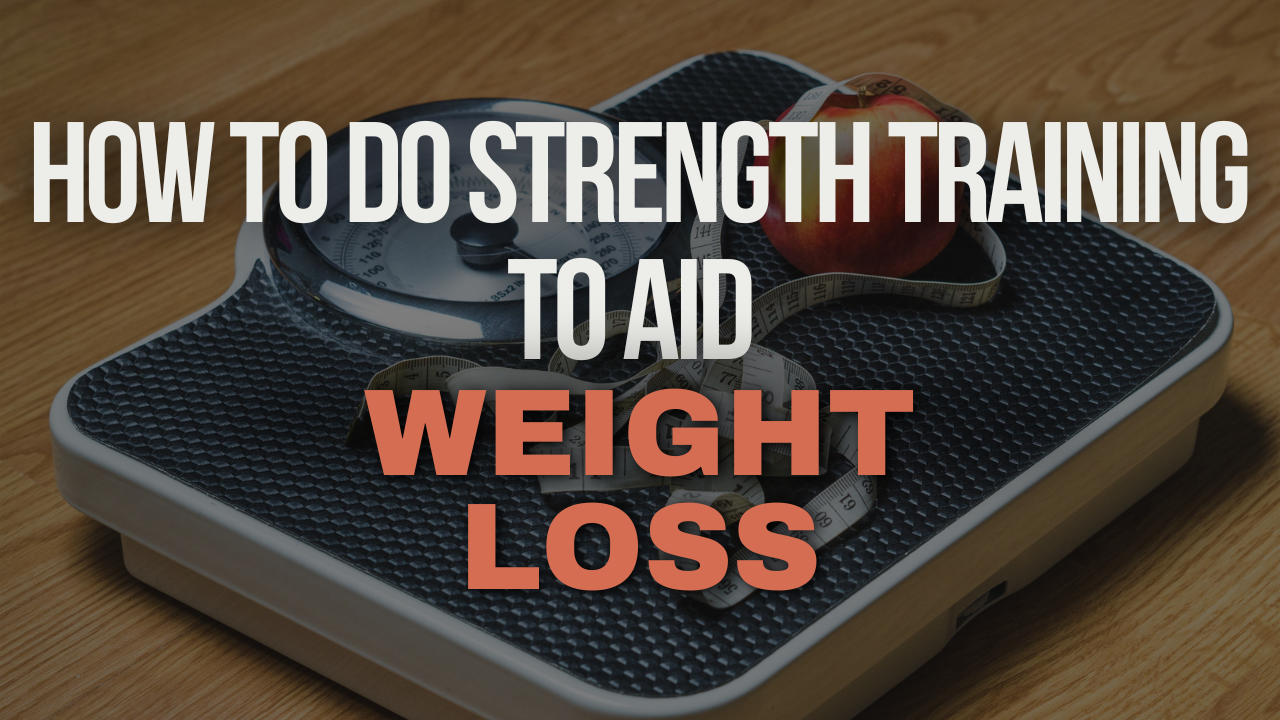There’s no doubt that incorporating strength training into your exercise routine is advantageous for weight loss, but determining the optimal frequency for integrating these workouts into your gym schedule can be a common query. If you’re seeking answers to this question, you’ve come to the right place! While providing a definitive answer or a universally applicable fitness strategy may be challenging, there are several suggestions and insights that can steer you toward success. In the following discussion, we will explore the recommended frequency for engaging in strength training to achieve weight loss.
Developing a comprehensive workout plan that incorporates both strength training and cardiovascular exercises is a reliable method to enhance your weight-loss endeavors. Design a workout routine that aligns with your timetable and is geared towards your specific fitness goals. Introduce variety into your workouts to maintain motivation and consistently challenge your body during gym sessions, ensuring a dynamic and enjoyable fitness experience. Lastly, embrace challenges by progressively intensifying your workouts—consider lifting heavier weights or increasing the number of sets and repetitions. Monitoring your progress is crucial for staying motivated and appreciating the strides you’ve made.
Continue reading to delve further into the advantages of strength training for weight loss, determine the ideal frequency for strength training, and explore effective tips for seamlessly integrating strength training into your fitness regimen. Once you’ve absorbed this information, take a moment to explore these 5 At-Home Strength Workouts for Targeting Belly Fat.
How Strength Training Aids Weight Loss

Engaging in strength training is a transformative element in your weight-loss journey, offering numerous advantages to propel you toward your desired fitness objectives. Regular participation in a strength training regimen contributes to the augmentation of lean muscle mass, heightened calorie expenditure, and an enhanced overall body composition.
One of the most noteworthy outcomes of strength workouts is the cultivation of lean muscle mass throughout the body. Increased muscle mass promotes greater efficiency in calorie burning and an elevation in metabolic rate. The integration of a consistent strength training routine is a fundamental component of the weight-loss regimen.
Strength workouts effectively target multiple muscle groups simultaneously, particularly when incorporating the advantageous aspects of compound exercises. This approach results in a substantial uptick in the calorie burn rate. Moreover, the body continues to metabolize calories post-workout as it undergoes the repair and reconstruction of muscle tissue. The impact of strength training on metabolism is not limited to workout sessions but extends throughout the day, enhancing the body’s efficiency even during periods of inactivity.
The cumulative effects of strength training manifest in an enhanced body composition. While the scale reading may not exhibit a drastic change, consistent strength training can lead to reductions in body fat percentage and an increase in lean muscle mass.
How Often to Strength Train to Lose Weight

The National Academy of Sports Medicine recommends engaging in strength training at least twice a week, incorporating exercises that target all major muscle groups (performing at least one set of eight to 12 reps per muscle group). This regularity is instrumental in building and preserving muscle mass, supporting metabolism, and enhancing overall calorie expenditure—a valuable addition to cardiovascular workouts.
My primary suggestion is to integrate strength training into your routine as often as your schedule allows. If your main goal is weight loss, maintain your cardio sessions while supplementing them with dedicated days for focused strength training. Find a healthy equilibrium that accommodates your schedule and aligns with your weight-loss objectives, combining both cardio and strength training exercises.
Ultimately, achieving results hinges on consistency. If your weekly sessions are limited, aim for lengthier, more intense workouts, maximizing each repetition and set. On the other hand, if shorter, more frequent workouts better fit your schedule, ensure these sessions are high-energy and focused. Staying committed, whether through fewer intense workouts or more frequent shorter ones, fosters motivation and expedites progress toward your weight-loss goals.
Tips to Get Even Better Results from Strength Training

Explore these five strategies for effective strength training to optimize your workouts and advance toward your weight-loss objectives!
- Maintain Regularity
Consistency plays a pivotal role in achieving your weight-loss aspirations. Consider these pointers to uphold consistency:
a. Establish a workout routine that suits your schedule. If you can only manage three weekly sessions, ensure they are focused and maximized for effectiveness.
b. Progress gradually yet consistently. Increase the intensity or duration of your workouts over time. Witnessing improvements will bolster motivation and maintain your confidence.
c. Establish SMART goals: Simple, Measurable, Achievable, Realistic, and Timely. Set challenging yet attainable goals to avoid impeding your progress and motivation. - Prioritize Rest and Recovery
Ensure that the effort you invest in the gym doesn’t go to waste outside of it. What you do in the remaining 22 to 23 hours is crucial. Maintain a balanced diet, stay hydrated, prioritize mobility, and incorporate meditation sessions to manage stress. Additionally, don’t underestimate the importance of a good night’s sleep, as adequate rest is essential for recovery.
- Integrate Strength Training with Cardio
Combining strength training and cardio is instrumental in building muscle, boosting metabolism, and facilitating weight loss. Strive for a well-rounded blend in your workout routine, but initiate with strength workouts before transitioning to cardio. - Begin with Compound Exercises
Prioritize compound exercises that engage multiple muscle groups simultaneously, fostering increased strength and weight loss. Incorporate movements like squats, deadlifts, lunges, and presses at the beginning of your workouts, followed by isolation exercises such as leg curls, leg extensions, curls, and tricep extensions. - Monitor Your Progress
Keep a comprehensive record of your workouts, weights, measurements, and other measurable data to track your progress. Reflecting on your achievements serves as motivation and reinforces consistency. Witnessing how far you’ve come is truly gratifying!

